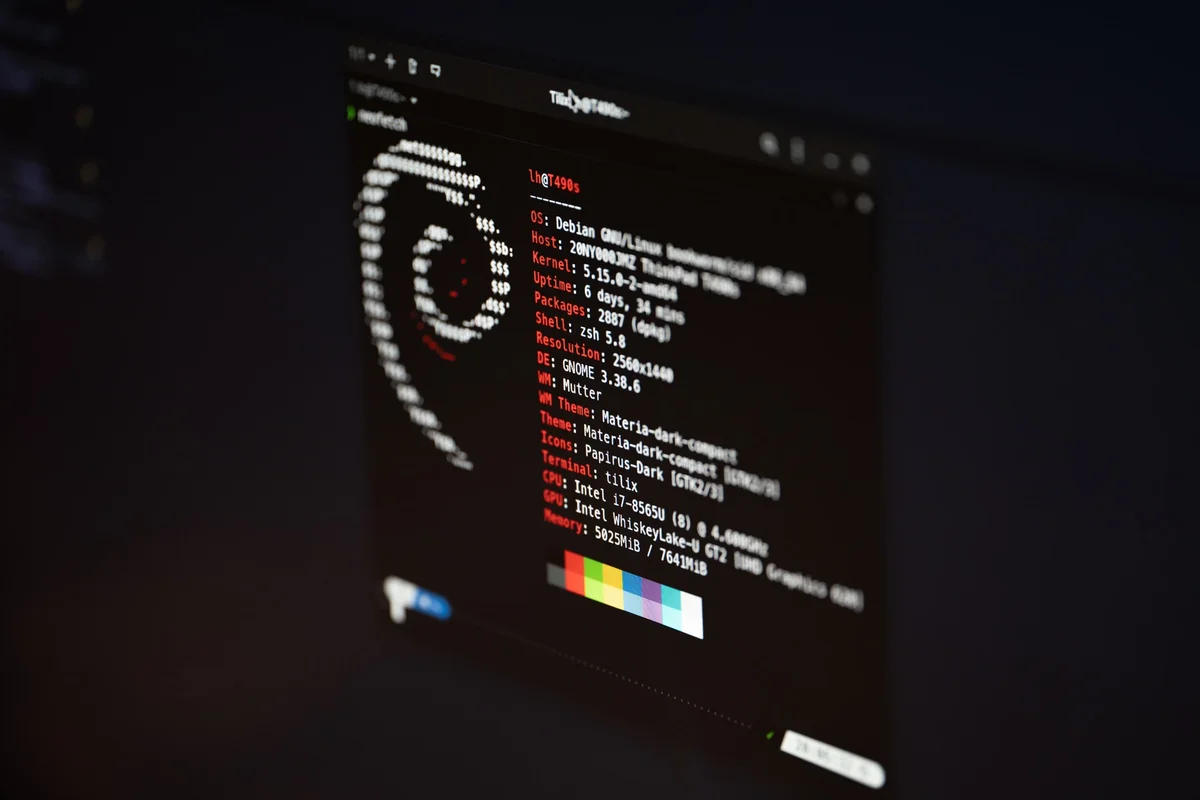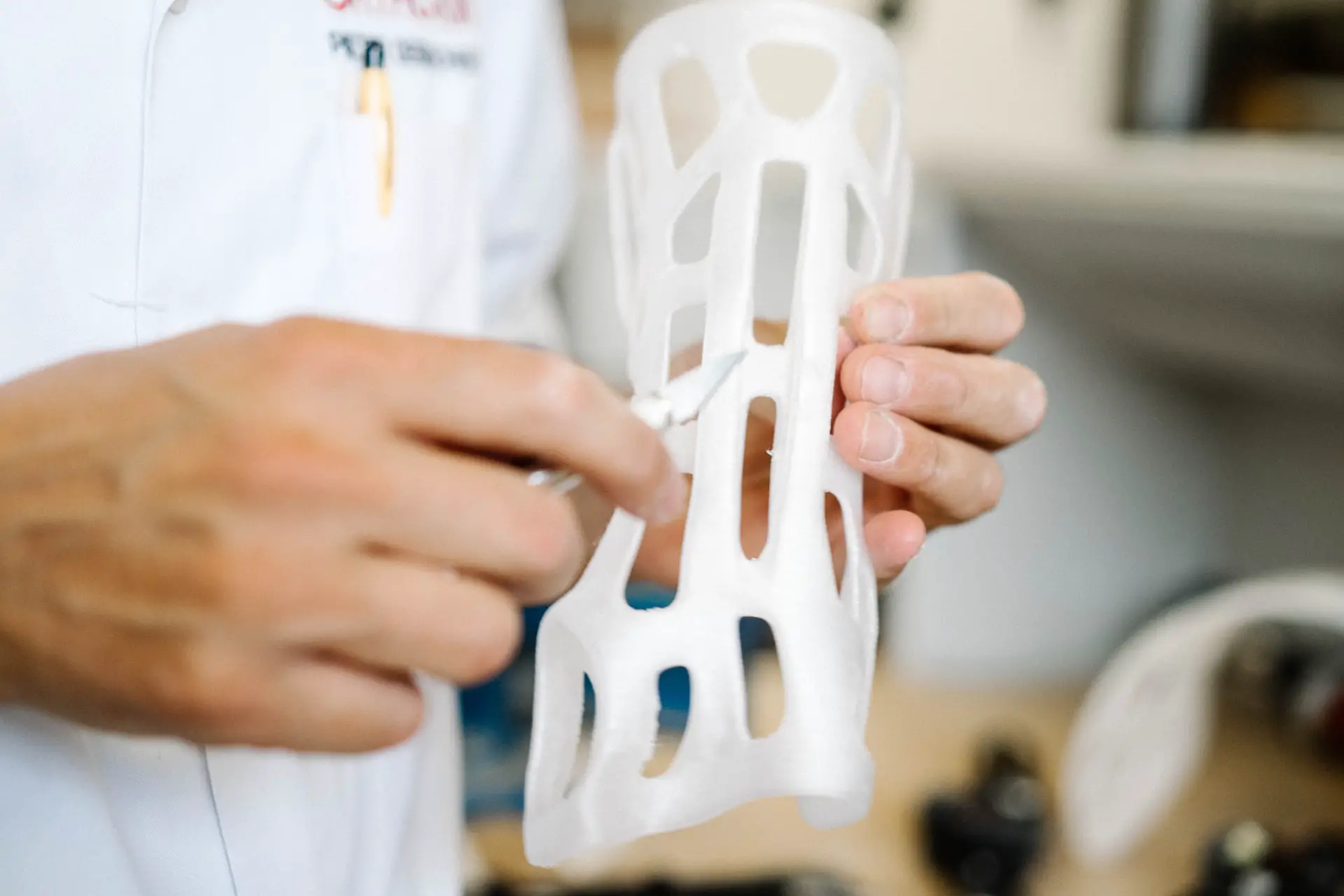What is Linux Kernel in Linux Operating System
The Linux kernel is not an operating system; rather, it is the kernel, or heart, of an operating system that allows the programmes that are required to make the true operating system function to run. Such applications include the multiple shells, the compiler, the windowing software, utilities, and other programmes that are required before your computer can even begin to start up properly. As a result, the Linux kernel is distinct from the Linux operating system, which should be referred to as the GNU/Linux operating system.
What role does the kernel play in the OS?
To put the kernel into context, consider a Linux computer as having three layers: the kernel, the operating system, and the userspace.
- The hardware: the bottom or foundation of a system, consisting of memory (RAM), a processor or central processing unit (CPU), and input/output (I/O) devices such as storage, networking, and graphics; b software: software that runs on the physical machine The central processing unit (CPU) executes computations and reads from and writes to memory.
- The Linux kernel: The Linux kernel is the heart of the operating system. (See? It’s right in the midst of everything.) It is software that resides in memory that instructs the CPU on how to operate.
- User processes: User processes are the applications that are currently running and that the kernel is in charge of managing. Utilities are the processes that users do that collectively constitute user space. User processes are also referred to as “just processes” in some circles. These processes and servers can also interact with one another because of the kernel’s capabilities (known as inter-process communication, or IPC).
Also Read: 8 Best Linux Alternatives For Windows
Linux Kernel Explained
The Linux kernel is used by the Unix-like operating systems that are part of the Linux family of operating systems. It has been distributed under the GNU General Public License, which means that anybody can use and distribute it without restriction. It is the result of the work of Linus Torvalds, a Finnish computer student who enjoyed tinkering with computers and discovering what makes them tick. In 1991, he developed a new operating system based on a framework or kernel that he named Linux.
Because it was released as open-source software, it was able to mature quickly into a functional operating system as literally hundreds of developers and coders contributed to the project’s growth. The free GNU Project was established in 1983 with the goal of developing a free operating system. Despite the fact that many components had been built, the project failed due to the fact that its kernel was never completed. Many of the people who had contributed to this project became interested in Linux.
Kernels and modules that are built in a monolithic fashion
Version 0.11 of the Linux kernel was published in December 1991, and the operating system that was developed around it evolved at an exponential rate from that point on. Describe the Linux kernel and explain why it is so unique and successful in today’s world. It is what is known as a monolithic kernel, although it has been constructed in a modular fashion to get this result. The primary implication of this is that modules can be loaded and unloaded while the system is operating, but that the modules and system services are executed in the same physical memory region as the system’s core operation.
The hot topic of discussion at the time was the relative merits of the Unix monolithic kernel vs the microkernel design used in Andrew Tanenbaum’s MINIX, which was developed by Andrew Tanenbaum. In the latter, the fundamental services are provided outside of the kernel, in userspace. Device drivers, system memory, the scheduler, memory management, the file system, and the virtual file system are all included under the term services.
As part of the Linux operating system, modules may be loaded and unloaded in kernel space dynamically during runtime, allowing the amount of code executing in the kernel to be kept to a minimum. If a monolithic kernel such as this is used, one of the advantages is that if the root file system fails to start, the service may be easily restarted because the kernel is still operating.
Linux’s portability
The Linux kernel has evolved through time, mostly as a result of the contributions of developers, into one that is exceptionally reliable and efficient in terms of CPU and memory utilisation. One noteworthy and unanticipated outcome of their contributions, on the other hand, has been their mobility. Although Linux was not initially intended to be portable, it has been ported to a variety of hand-held devices, including the iPhone and iPod, and a modified kernel is currently being used in the operating systems for Google Android and Nokia Maemo smartphones, among other things.
As a result of Microsoft’s planned implementation of UEFI (Unified Extensible Firmware Interface), which would replace the old BIOS in PCs built with it, this may now be jeopardised. There is a strong probability that the UEFI standard may deem open-source operating systems that operate on the Linux kernel to be ‘unauthorised,’ as opposed to proprietary operating systems. This implies that Linux will not boot on laptops, handheld devices, or other portable devices that fall into this category. However, there are a few issues that the open-source community has not been able to overcome, and this will most likely be rectified over time as the community grows more experienced.
The KVM Virtual Machine and the Linux Kernel
As a result of recent modifications, the Linux kernel may now function as a hypervisor, which means it can operate as an operating system for other operating systems. This update, known as the Kernel-based Virtual Machine (KVM), is a kernel module that, when loaded, allows another operating system to be used in userspace, above the KVM. Another Linux kernel or another operating system, such as Microsoft Windows, can be run in userspace alongside the current one. The sole need is that you have hardware that is compatible with KVM: your processor must be capable of supporting virtualization.
These are the most important things to know about the Linux operating system’s kernel. The most important point to consider is that the kernel is not the operating system itself, but rather the beating heart of the Linux system. It is responsible for the operation of the operating system, and because it is open-source software, it is not only free, but it is also subject to ongoing growth and improvement.




